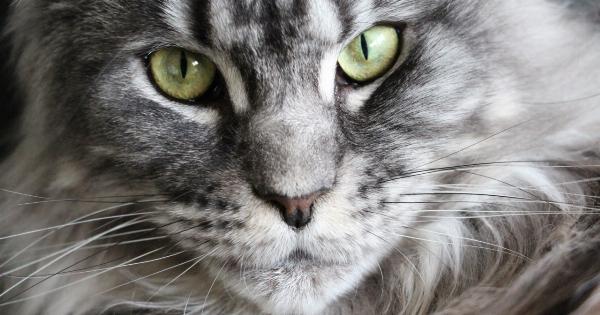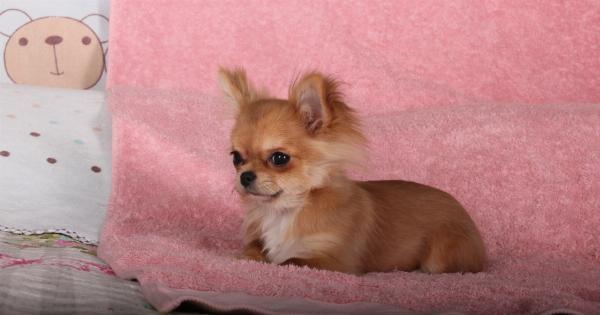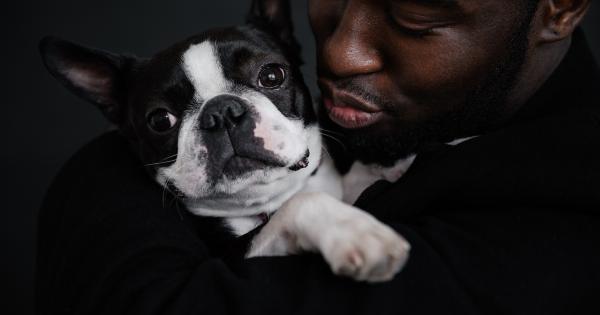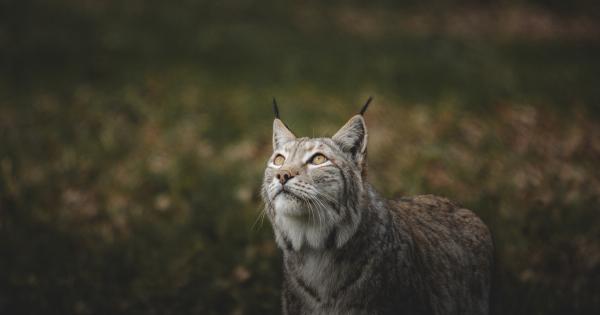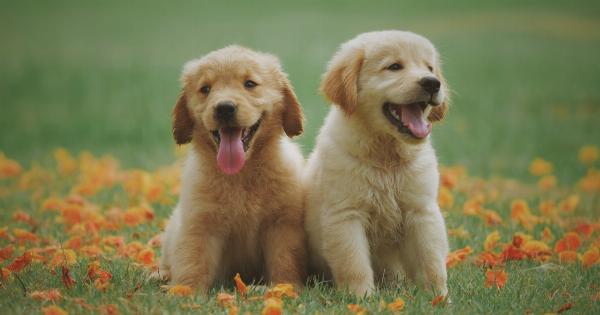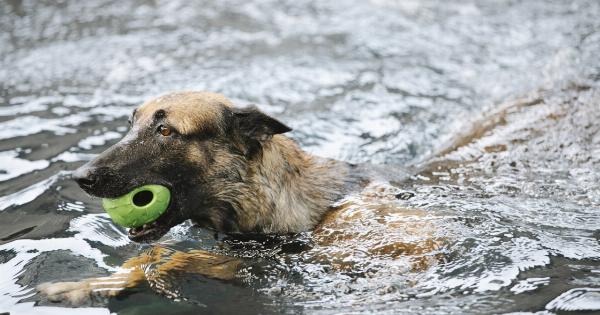Many cat lovers know that identifying a female cat can sometimes be quite challenging. This is because female cats can have the same traits as their male counterparts and might exhibit behavior that is often attributed to male cats only.
However, it is essential to identify female cats so that they can receive the special care they require, especially during specific life stages such as pregnancy and nursing. Here are some unique traits and characteristics that can aid in identifying female cats:.
Pelvic Shape and Spacing
The most accurate method of identifying a female cat is through its pelvic shape and spacing. Female cats generally have a wider gap between the pelvic bones when compared to their male counterparts.
Although, this can be challenging to detect unless the cat has a prominent belly or has gone through pregnancy.
Behavioral Traits
Unlike male cats, female cats are less likely to mark their territory. Instead, they tend to exhibit more subtle behavioral traits such as rubbing against furniture and people to leave their scent, to mark their territory.
Female cats are also less likely to engage in excessive territorial aggression, which is common in male cats.
Physical Characteristics
Feline specialists have noted that female cats tend to be smaller in size compared to males of the same breed. Additionally, female cats generally have shorter snouts, smaller heads, and less prominent facial features.
Their fur is generally thicker and softer to the touch, which is due to the fact that they require the extra insulation for pregnancy and nursing young ones.
Reproductive Organs
The reproductive organs of female cats are unique and exhibit unique traits that are different from those of male cats. Female cats have two ovaries, which are responsible for producing eggs.
The ovaries are located just above the cat’s kidneys and are relatively small in size. Additionally, female cats have a reproductive tract, which is responsible for transporting eggs from the ovaries to the uterus. The traits of the uterus of a female cat can be used to determine the stage of pregnancy or condition of the cat.
Female cats also have nipples, which they use to nurse their young.
Mating Behavior
Female cats display unique mating behavior that is different than that observed in male cats. When a female cat is in heat, she will exhibit signs of arousal, such as yowling and rubbing against people and objects.
She may also spray urine to mark her territory and advertise her presence to males. During mating, female cats will vocalize and position themselves in a way that allows the male to mount and mate with them.
Generally, female cats will only mate once with the same male, and it is crucial to spay the cats that are not going to be used for breeding purposes to prevent pregnancy.
Non-reproductive Health Issues
Medical issues may also help identify female cats. Female cats are more likely to suffer from urinary tract infections, which can make them exhibit signs such as discomfort when urinating and passing blood in their urine.
Additionally, female cats can develop mammary cancer, which is a malignant tumor that forms in the mammary gland tissue. Owners should bring their cats to the veterinarian regularly to check for early signs of these health issues as this will aid in early detection and treatment of the conditions.
Cat Personality Traits
Finally, female cats exhibit a wide range of personality traits that make them quite unique. Some female cats are very affectionate and love nothing more than being near their owners, while others are independent and prefer to be alone.
Female cats also tend to have longer memories and a better ability to adapt to new environments compared to male cats, which makes them an ideal pet for families.
In Conclusion
Identifying female cats and their unique characteristics can be challenging, but with the information provided above, it is doable.
Understanding the unique traits exhibited by female cats will help cat owners provide the appropriate care needed for their cats, from the food they eat, medical attention, to vaccination and, ultimately, lifelong love and care.


